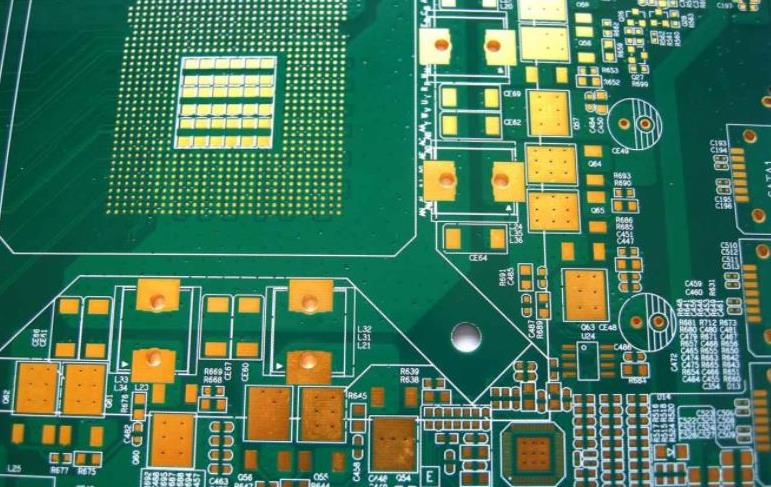According to the rule of thumb, four layer board is usually used in high-density and high-frequency occasions, which is more than 20 dB better than two-layer board in terms of EMC. Under the condition of four-layer board, a complete ground plane and a complete power plane can often be used. Under this condition, it is only necessary to connect the ground wire of the circuit divided into several groups with the ground plane, and deal with the working noise in a special way.
There are many ways to connect the ground wire of each circuit to the ground plane, including:
Single point and multipoint grounding mode
1. Single point grounding: the ground wires of all circuits are connected to the same point of the ground plane, which is divided into series single point grounding and parallel single point grounding.
2. Multipoint grounding: the ground wires of all circuits are grounded nearby. The ground wires are very short and suitable for high-frequency grounding.
3. Mixed grounding: single point grounding and multi-point grounding are mixed.
Between low frequency, low power and the same power supply layer, single point grounding is Z, which is usually used in analog circuits; Star connection is generally adopted here to reduce the possible influence of series impedance, as shown in the right half of figure 8.1. High frequency digital circuits need to be grounded in parallel. Here, it can be handled simply through the ground hole, as shown in the left half of the figure; Generally, all modules will comprehensively use two grounding methods, and the mixed grounding method is used to complete the connection between the circuit ground wire and the ground plane.

Mixed grounding mode
If the whole plane is not selected as the common ground wire, for example, when the module itself has two ground wires, the ground plane needs to be divided, which often interacts with the power plane. Pay attention to the following principles:
(1) Align each plane to avoid the overlap between irrelevant power plane and ground plane, otherwise all ground plane segmentation will fail and interfere with each other;
(2) In the case of high frequency, the parasitic capacitance between layers through the circuit board will produce coupling;
(3) The signal lines between ground planes (such as digital ground plane and analog ground plane) are connected by ground bridge, and the return path of Z is configured through the nearest through hole.
(4) Avoid taking high-frequency lines such as clock line near the isolated ground plane, resulting in unnecessary radiation.
(5) The loop area formed by the signal line and its loop shall be as small as possible, which is also called loop Z small rule; The smaller the ring area, the less external radiation and the less interference received from the outside. During ground plane segmentation and signal routing, the distribution of ground plane and important signal routing shall be considered to prevent problems caused by ground plane slotting.
The connection methods between the ground are sorted out here.
1. Common wiring connection of circuit board between ground: this method can ensure reliable low impedance conduction between two ground wires, but it is only limited to the connection between medium and low frequency signal circuit and ground.
2. Large resistance connection between ground: the characteristic of large resistance is that once there is a voltage difference at both ends of the resistance, it will produce a very weak conduction current. After the charge on the ground wire is discharged, the voltage difference at both ends of Z will finally be zero.
3. Capacitance connection between ground: the characteristics of capacitance are DC cut-off and AC conduction, which is applied to floating ground system.
4. Ground to ground magnetic bead connection: magnetic beads are equivalent to a resistance varying with frequency, which shows the resistance characteristics. It is applied between ground and ground of weak signal with fast small current fluctuation.
5. Inductance connection between ground: the inductance has the characteristics of restraining the change of circuit state and can cut peak and fill valley. It is usually used between two ground with large current fluctuation.
6. Small resistance connection between ground: the small resistance increases a damping and hinders the overshoot of rapid change of ground current; When the current changes, the rising edge of the impulse current slows down.